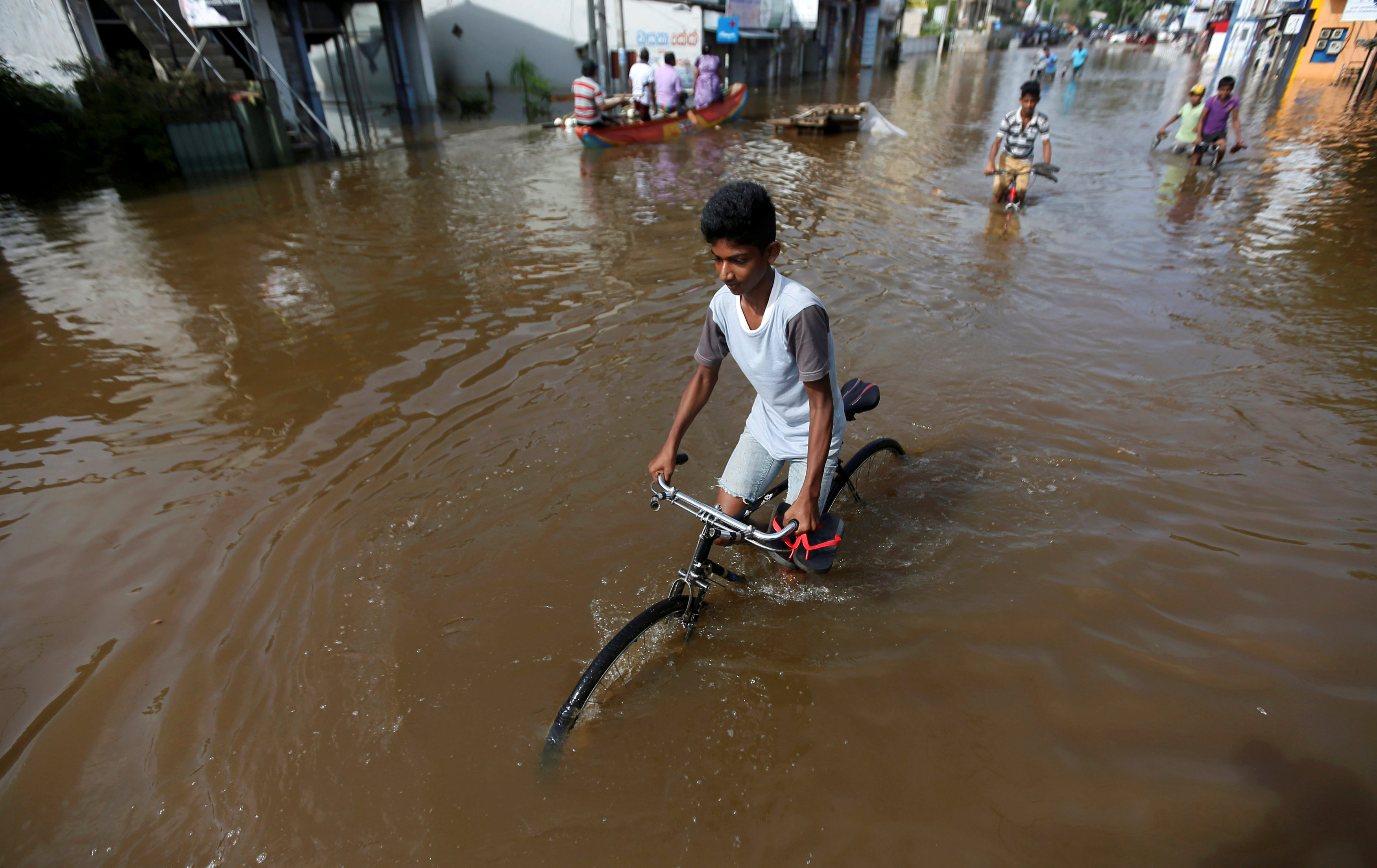
By Ben Gruber and Alex Dobuzinskis
CARPINTERIA, Calif./LOS ANGELES (Reuters) – Firefighters in Southern California are slowly gaining control of one of the largest wildfires in state history, but residents may not enjoy much relief as experts said the flames are laying the groundwork for the next disaster – mudslides.
The intense fire is burning away vegetation that holds the soil in place and baking a waxy layer into the earth that prevents the water from sinking more than a few inches into the ground, experts said.
With one heavy rain, the soil above this waterproof layer can become saturated, start to slide in hilly areas and transform into something catastrophic.
“Pretty much anywhere there’s a fire on a steep slope, there’s cause for concern,” Jason Kean, research hydrologist for the U.S. Geological Survey, said in a telephone interview.
And the Thomas Fire, which has burned 234,000 acres and destroyed nearly 700 homes in Ventura and Santa Barbara counties, is definitely in landslide country.
“If we get hard rain, there are going to be terrible landslides in the burn areas,” Carla D’Antonio, chairman of University of California, Santa Barbara’s environmental studies program, said in an email.
“It doesn’t take a lot of rain to get the soil and rock moving, so to have burned soil on top of this and no significant plant cover creates huge potential for landslides,” she added.
Among the cities at risk is Santa Barbara, with 92,000 people, as well as the smaller communities of Carpinteria, Ojai and Summerland.
“It’s terrifying,” Jamey Geston, 19, of Carpinteria, said of possible mudslides. “I am just taking it one natural disaster at a time at this point and try to get through it.”
Once the fire is out, more work will begin as officials will likely need to rush to build retention basins and other structures to prevent debris flows before the rainy season begins, said Professor Nicholas Pinter of University of California, Davis’ Department of Earth and Planetary Sciences.
“This is exactly the thing we worry about in the winter following an event like the Thomas Fire,” he said by telephone.
Another large concern is the potential damage to water quality, Santa Barbara Mayor Helene Schneider said in a telephone interview.
Heavy rainfall could bring lots of silt to waterways like Lake Cachuma, where barriers are already being erected, as well as unwanted matter, she said. In 2007, after the massive Zaca Fire, Santa Barbara spent more than $1 million on extra cleaning and filtration systems.
The Federal Emergency Management Agency and the state could defray some costs with grants, but the best outcome would be “a nice, calm, intermittent rain,” Schneider said.
“We don’t see any rain in the immediate forecast, which is a curse and a blessing,” she said. “We could use the water to fight the fire, but we don’t want some kind of big downpour that would cause significant mudslides so soon after the area’s been burnt to nothing.”
(Reporting by Ben Gruber and Alex Dobuzinskis, Writing by Ben Klayman; Editing by Cynthia Osterman)
















